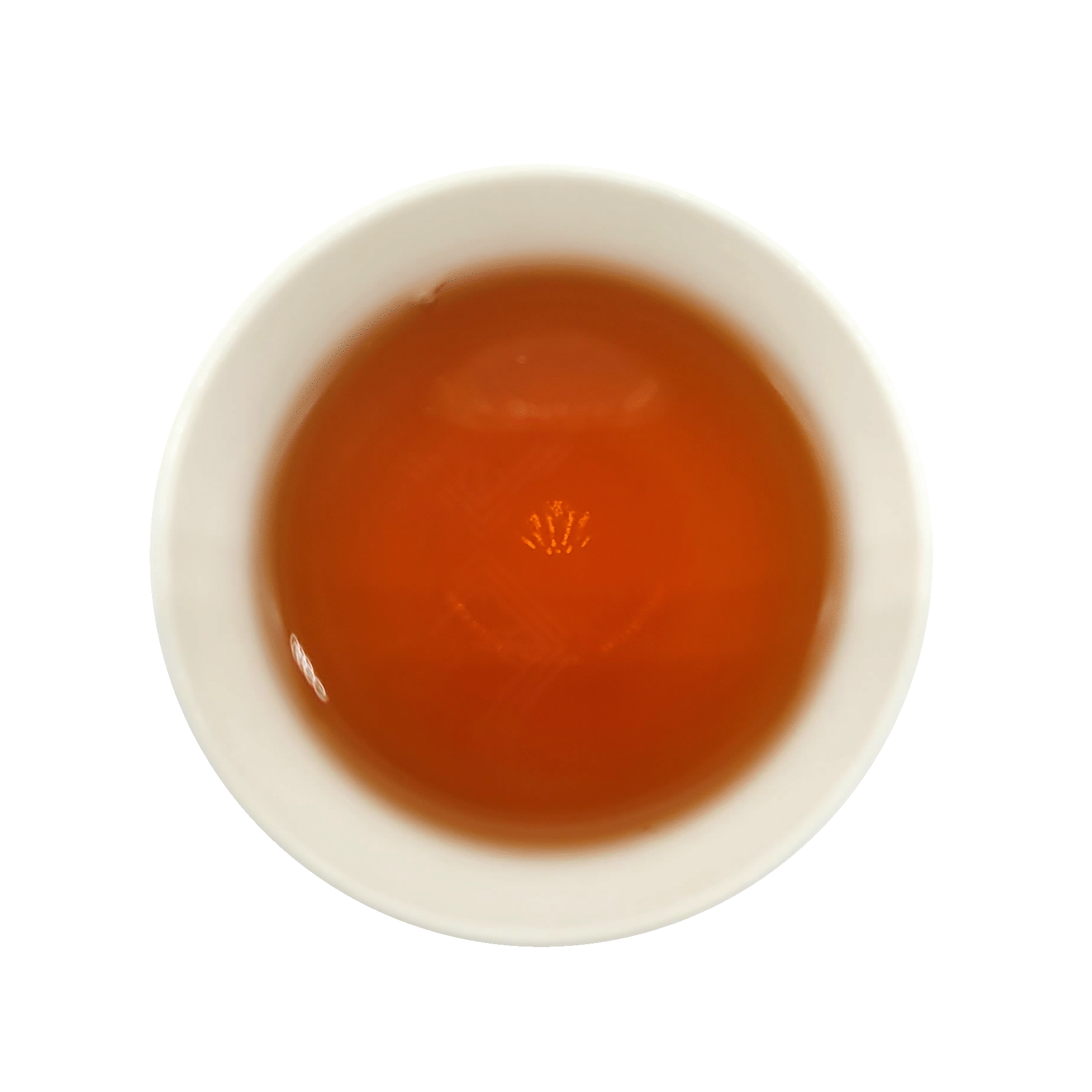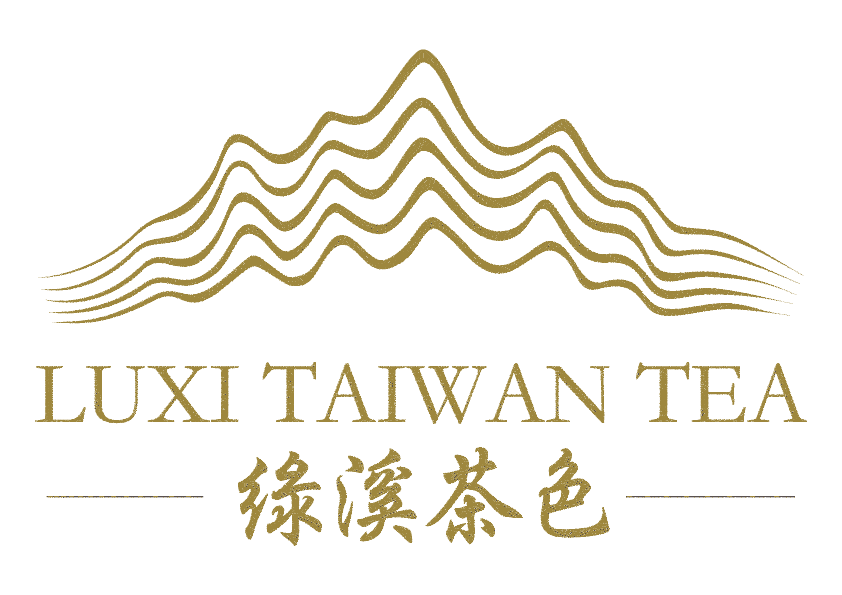
Walking Out of Millet's Painting "The Gleaners"
Assam Black Tea
Assam Black Tea has a unique taste similar to the scent of wheat during harvest, with a distinct grainy aroma that lingers in the mouth, making it an excellent base for all kinds of tea drinks. It's like stepping into Millet's "The Gleaners", experiencing the rich aroma of wheat as if you were there.
Tea Variety From India
Assam tea was introduced to Taiwan by the Japanese in 1936, originating from India. They established the "Yuchi Black Tea Experimental Station" near the Sun Moon Lake in Yuchi Township. TTES No.8, also known as a type of Assam black tea, was cultivated by the Yuchi branch of the Tea Research and Extension Station, using a single plant of the Indian Assam Jaipuri variety. This tea became renowned for its excellent cultivation and breeding techniques and was once acclaimed as "top-quality" at the London Tea Auction. It also gained favor as a precious tea among the Japanese emperors. During the 1960s and 1970s, Assam tea was a key export commodity for Taiwan's agricultural industry.

The Unique Malty Aroma and Flavor
After brewing, the Assam black tea has a golden halo and emits an enticing light caramel and malty aroma. Its unique flavor is perfect for drinking on its own, and it also makes an excellent base tea for various flavored black teas.

Recommended Brewing Method
We suggest using using porcelain or glass tea utensils. If the tea vessel has a capacity of 150ml, use approximately 3-5 grams of tea leaves. When brewing, the water temperature should be around 85°C to 90°C, with each steeping lasting about 20 seconds. You can adjust the steeping time according to your personal preference for strength. This will allow you to fully experience the unique flavor and aroma of the Assam Black Tea.
Place of Origin
Assam black tea is planted at the foot of Sun Moon Lake, Yuchi Township, Nantou County, because the geographical environment, climate, and rainfall in this area are similar to those in Darjeeling, India, and the soil is slightly acidic with red sandy soil, which is more suitable for the growth of large-leaved tea trees.
.jpg)










